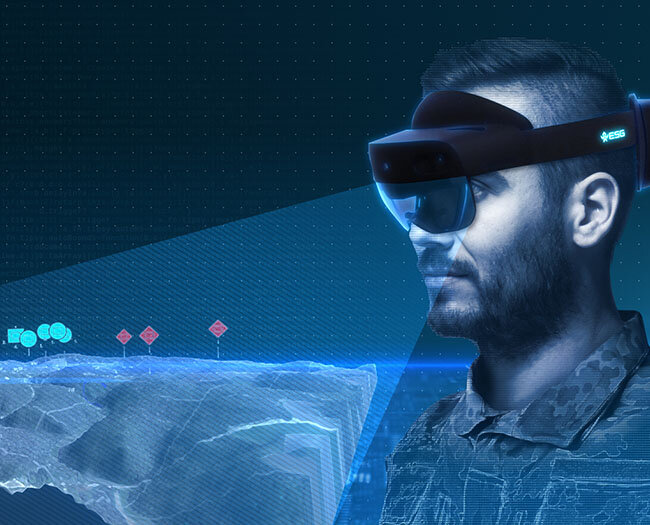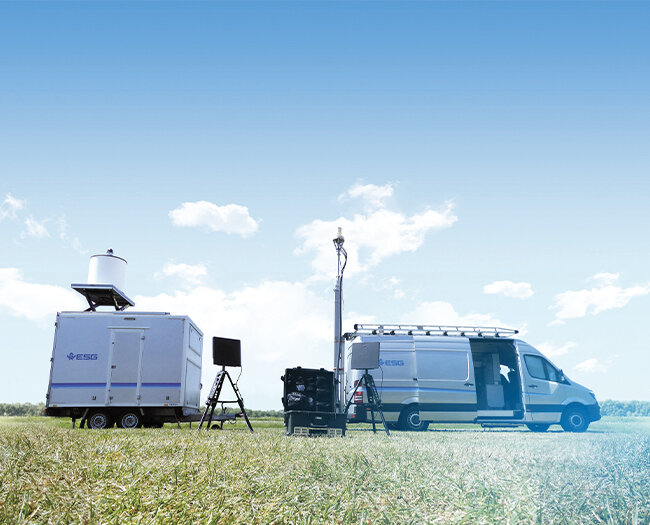Electric flight
The electrification of aircraft, helicopters and drones enables high performance and new capabilities for air operations while increasing the availability of flying platforms.
Key Benefits:
- High performance
- Low emission
- Low noise
- Low maintenance
- Fuel saving
With the Combat Cloud, players gain the ability to generate, process and share operational data at the appropriate level in order to make timely decisions in networked operations.
Key Benefits:
- Cross-system / cross-force
- Reliable operation through redundancy
- Data-security
- High availability
- Scalable
- Real-time capablility
- Seamless services
Combat Cloud
Multicore
Real Time Control Module
Multi-core processors are increasingly required in avionics due to the obsolescence of single-core processors and increasing performance requirements (e.g. autonomy, image processing). The RTCM improves the temporal determinism and reduces the certification effort.
Key Benefits:
- Temporal determinism on multicore processors
- Approvable in safety-critical areas
- High-performance applications can be integrated on multicore processors
- Online monitoring and traceability through safety net
Federated systems are specifically designed for a single task. With the increasing complexity of requirements, the number of systems that have to be integrated into hardware also increases. IMA offers a modular and reusable architecture approach that can be adapted cost-effectively for a variety of applications.
Key Benefits:
- Modular hardware
- Scalability
- Low life-cycle costs
- Cost-effective configurability to customer requirements
- Platform-independent use
IMA
Integrated Modular Avionics
Identification
The field of "identification" deals with the recognition of friendly and external forces. In highly networked operational scenarios, this capability increases the ability to react in highly dynamic combat situations and the survivability of the deployed forces. In addition to state-of-the-art radio technology, electro-optical systems and increasingly artificial intelligence are used.
Key Benefits:
- Friend/foe recognition
- Survivability
- Responsiveness
- Networking
- Situational awareness
- Reconnaissance
AI performs special tasks that would otherwise require a high and/or continuous deployment of personnel in all areas of data analysis, pattern recognition and decision-making. It accelerates and expands the capabilities in this field, thus ensuring efficiency, dominance and a dynamic expansion of the range of tasks.
Key Benefits:
- Automation / Autonomisation
- Workload reduction
- 24/7 operational readiness
- Higher survivability
- Higher reactivity and speed of response
- Situational awareness
- Reconnaissance
- Decision-making
Artificial intelligence
Mission systems and functions
In missions with manned and unmanned aircraft, assistance functions and systems for highly automated mission execution are crucial for mission success. The deployment of many participating platforms is automatically planned, coordinated between the platforms and automatically executed with the involvement of the operators or pilots.
Key Benefits:
- Planning and implementation of complex missions
- Relief for operators by reducing the workload
- Automation / Autonomisation
- 24/7 operational readiness
- Higher survivability
- Increased responsiveness and speed of response
- Situational awareness
- Reconnaissance
- Decision-making
- Flight route planning
- Sensor deployment planning
- Manned-Unmanned-Teaming MUM-T
In order to increase the performance of automated systems and their operators, the need for different sensors in these systems is growing rapidly. The processing and preparation of sensor data by special algorithms and AI approaches is of particular importance. Another important area is the data fusion of sensors with different technologies like camera, radar, lidar and different spectral ranges.
Key Benefits:
- Improved situationalal awareness
- Increased automation
- Detection, classification, identification of objects
- Improvement of robustness by acquiring on of different spectral ranges with multimodal sensor technology
Sensor technology and sensor fusion
Manned-Unmanned-Teaming (MUM-T)
The teaming of manned with unmanned aircraft places higher demands on the systems, but also on the pilots. The implementation of the teaming is particularly demanding when the unmanned aerial vehicle is deployed directly from the cockpit by the pilots themselves. At the same time, the pilot's workload must be kept low, the generation of situational awareness must be optimally supported and the requirements for the control and evaluation station of the unmanned system must be taken into account by the pilots.
Key Benefits:
- Improved situational awareness
- Increased automation
- Limited workload
- Networking with other units



